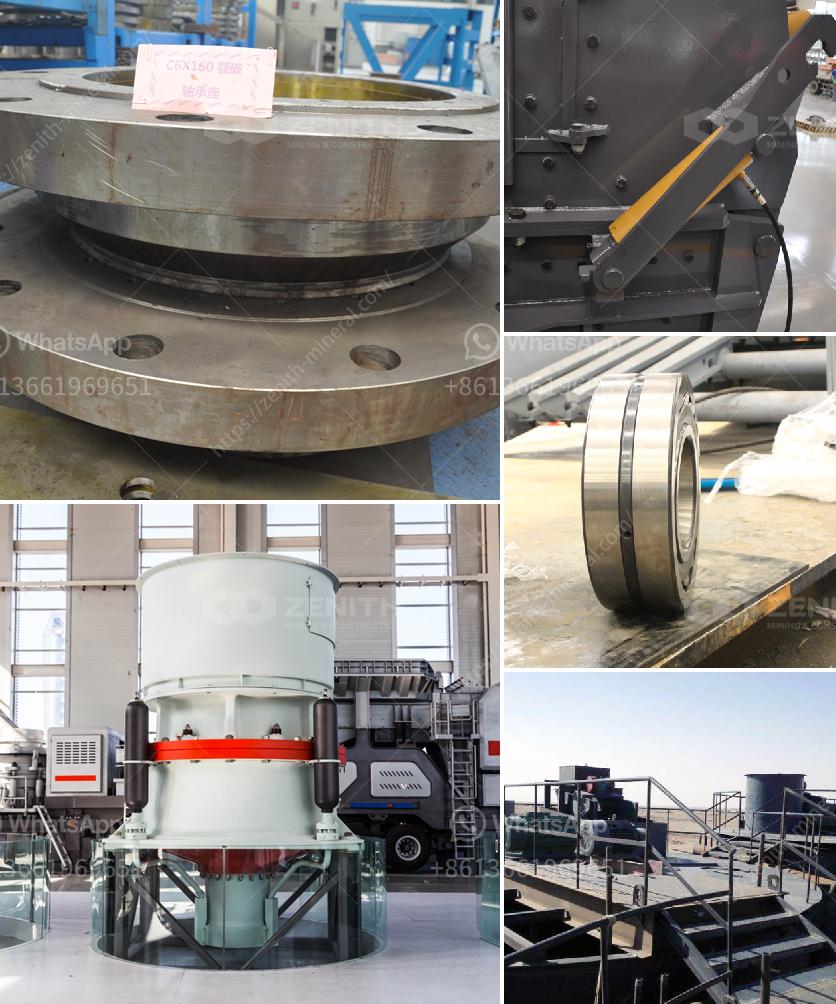Building a sand screening plant involves several steps to ensure efficient and effective operation. Here's a general guide to get you started:
Step-by-Step Guide:
1. Site Selection and Preparation
- Choose a suitable location: Ensure the area is flat and has adequate space for machinery and storage of materials.
- Clear the area: Remove debris, large stones, and vegetation to prepare the ground for construction.
2. Planning and Design
- Determine the capacity: Estimate the amount of sand to be screened daily.
- Design the layout: Plan the position of the screening equipment, conveyors, and storage areas for raw and screened sand.
- Obtain necessary permits: Ensure compliance with local regulations regarding environmental impact, safety standards, and construction permits.
3. Selecting Equipment
- Screening equipment: Choose between vibrating screens, rotary trommels, or fine mesh screens based on your capacity and the type of sand.
- Conveyors and hoppers: These are essential for transporting raw and screened sand efficiently within the plant.
- Crusher (if necessary): If you need to process large rocks or gravel into sand.
4. Construction
- Foundation and supports: Build a stable foundation and supports for the screening equipment.
- Install screening equipment: Set up the chosen screening machinery as per the manufacturer's guidelines.
- Conveyor installation: Position conveyors to efficiently move materials to and from the screening equipment.
- Power supply: Arrange for an adequate power supply, which might include generators or connection to the local grid.
5. Safety Measures and Training
- Install safety features: Ensure the plant has necessary safety measures like guard rails, emergency stops, and proper signage.
- Train workers: Provide comprehensive training to workers on operating machinery, maintaining equipment, and following safety protocols.
6. Testing and Calibration
- Initial test runs: Conduct test runs to ensure the machinery operates smoothly without issues.
- Calibrate equipment: Adjust the settings on the screening equipment to achieve the desired granularity of sand.
7. Operation and Maintenance
- Regular inspections: Schedule regular inspections to check for wear and tear.
- Maintenance schedule: Establish a maintenance routine to keep the equipment in optimal condition.
- Record keeping: Maintain logs of operations, maintenance activities, and any issues encountered.
Tips for Efficiency:
- Automation: Consider automated systems to control the flow of materials and reduce manual labor.
- Dust control: Implement dust control measures like spray systems to minimize airborne particles.
- Environmental care: Plan for proper waste management and water recycling to minimize environmental impact.
By following these steps and considerations, you can build a functional and efficient sand screening plant tailored to your specific needs.


